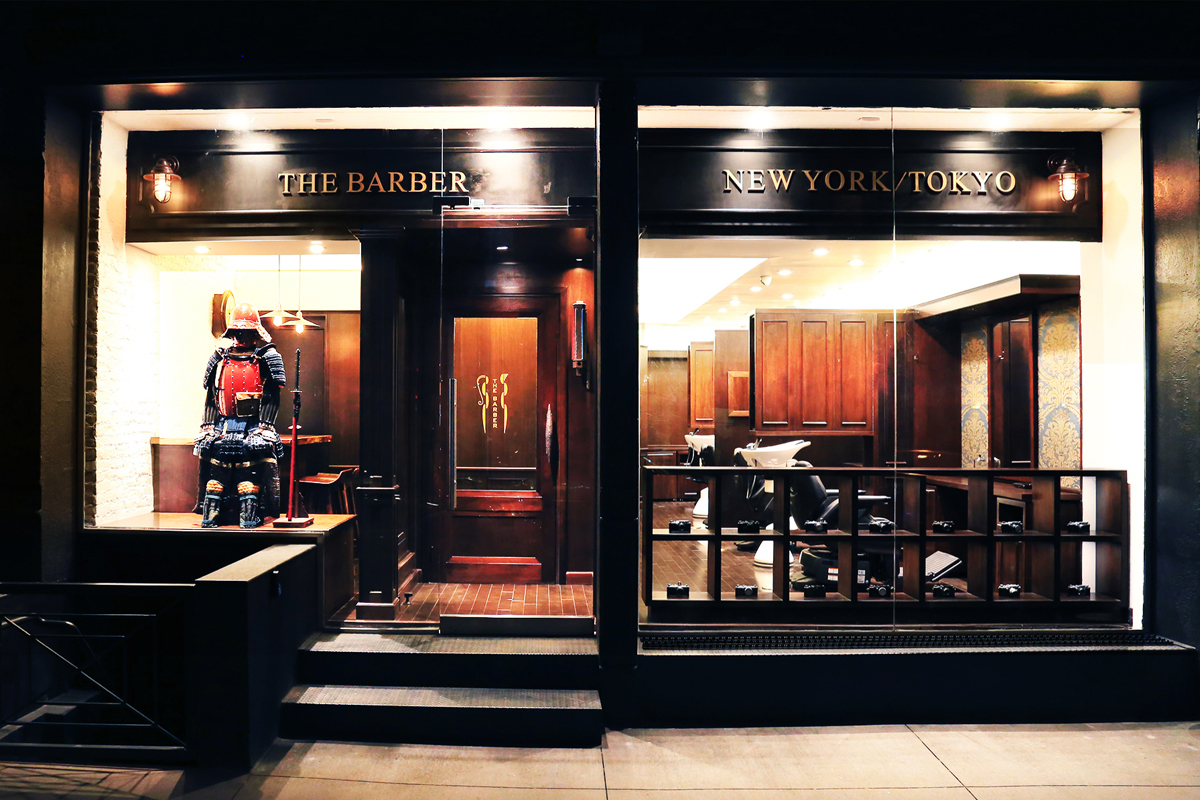When visiting a hair professional, being able to accurately communicate your ideal haircut is vital for reaching the desired look. A thorough description enables the stylist interpret your vision and minimizes the chances of misunderstanding. To make sure that you get the haircut you want, it is important to prepare in advance and think about several key factors when expressing your style goals. These factors include hair cut, consistency, style, and any specific features that you would like to incorporate.
Firstly, consider the length of your hair. Haircuts can range from very short styles like pixies to long layers that fall below the shoulders. It is helpful to specify whether you want a trim, a significant cut, or a complete transformation. Using precise terms such as "shoulder-length" or "mid-back" can provide clarity. Additionally, discussing the possibility of bangs or layers helps the stylist visualize your request more accurately. Being clear about how much length you wish to maintain or remove will significantly influence the outcome of your haircut.
Next, tress consistency plays a key role in determining how a style will look. Various textures—such as straight, rippled, ringlet-filled, or kinky—react differently to specific styles. When explaining your preferred cut, it is important to note your tresses’ natural structure and whether you intend to use any hair tools or formulations. For example, if you have thick strands, you may want to ask for de-bulking methods to minimize bulkiness. Conversely, if your hair is thin, you might seek texturizing that create fullness. This detail allows the professional to customize the style based on how your strands behaves.

In conjunction to hair length and texture, discussing the general look you want can provide guidance for the hair professional. There are a variety of haircuts to select, including classic cuts like blunt cuts and contemporary options like asymmetrical styles. It is helpful to provide examples of looks that you like—these could be images from magazines or online portfolios. Pointing out specific features such as blended lines, sharp lines, or graduated layers can assist in conveying your vision more clearly. This side-swept bangs hairstyle ensures that both you and your stylist are on the same understanding regarding desired outcome.
Finally, don't forget to include any unique traits that might elevate your haircut. This could involve factors such as face shape or personal style preferences that affect the overall look. For instance, those with circular face shapes might lean toward soft angles to lengthen their profile, while individuals with angular face shapes may opt for softer layers to diminish their jawline. In addition, talking about color options can also be part of this consultation; specifying if you important link want highlights or a single shade can further define your desired result.
To summarize, effectively conveying your ideal haircut requires thoughtful consideration of several important factors: hair length, hair type, style, and distinct traits. By preparing in ahead of time and being clear about these elements, clients can significantly improve their experience at the studio and boost the chances of walking out with a haircut they are happy with. A successful discussion with a hair professional is founded upon clear communication and shared expectations. This collaborative approach guarantees that both client and stylist collaborate towards achieving the desired outcome.